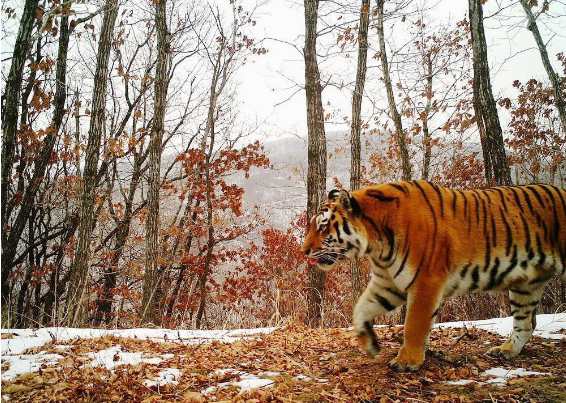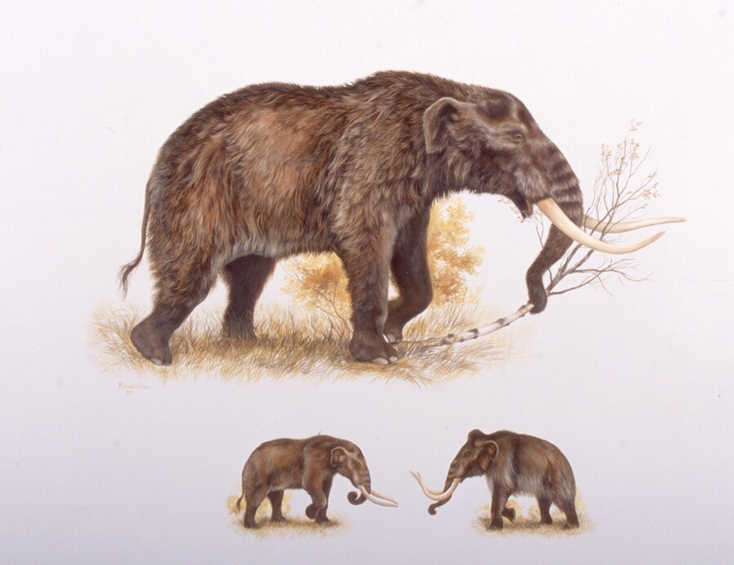
No one knows for certain why the Clovis people and iconic beasts — mastodon, mammoth and saber-toothed tiger — living some 12,800 years ago suddenly disappeared. However, a discovery of widespread platinum at archaeological sites across the U.S. by three University of South Carolina archaeologists has provided an important clue in solving this enduring mystery.
The research findings are outlined in a new study released Thursday (March 9) in Scientific Reports, a publication of Nature. The study, authored by 10 researchers, builds on similar findings of platinum — an element associated with cosmic objects like asteroids or comets — found by Harvard University researchers in an ice-core from Greenland in 2013.
The South Carolina researchers found an abundance of platinum in soil layers that coincided with the “Younger-Dryas,” a climatic period of extreme cooling that began around 12,800 years ago and lasted about 1,400 years. While the brief return to ice-age conditions during the Younger-Dryas has been well-documented by scientists, the reasons for it and the demise of the Clovis people and animals have remained unclear.
“Platinum is very rare in the Earth’s crust, but it is common in asteroids and comets,” says Christopher Moore, the study’s lead author and an archaeologist at Carolina. He calls the presence of platinum found in the soil layers at 11 archaeological sites in California, Arizona, New Mexico, Ohio, Virginia, North Carolina and South Carolina an anomaly.[xyz-ihs snippet=”Adsense-responsive”]“The presence of elevated platinum in archaeological sites is a confirmation of data previously reported for the Younger-Dryas onset several years ago in a Greenland ice-core. The authors for that study concluded that the most likely source of such platinum enrichment was from the impact of an extraterrestrial object,” Moore says.
“Our data show that this anomaly is present in sediments from U.S. archaeological sites that date to the start of the Younger-Dryas event. It is continental in scale — possibly global — and it’s consistent with the hypothesis that an extraterrestrial impact took place.”
He says the Younger-Dryas coincides with the end of Clovis culture and the extinction of more than 35 species of ice-age animals. Moore says while evidence has shown that some of the animals were on the decline before Younger-Dryas, virtually none are found after it.
Moore says that would indicate an extinction event for North America.
Pages: 1 2







